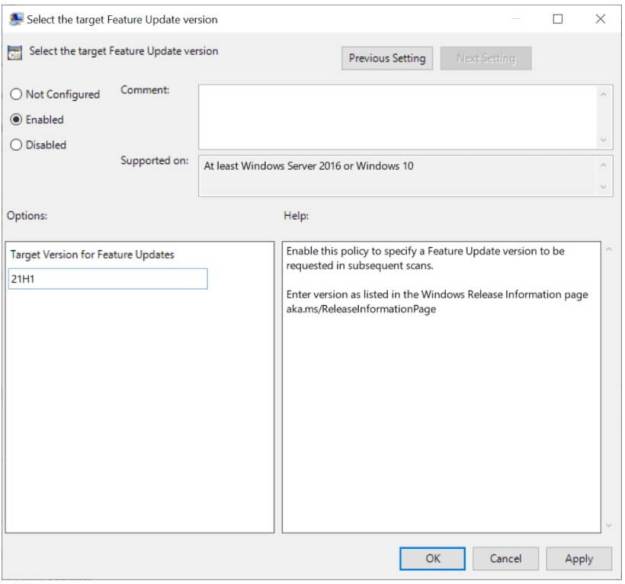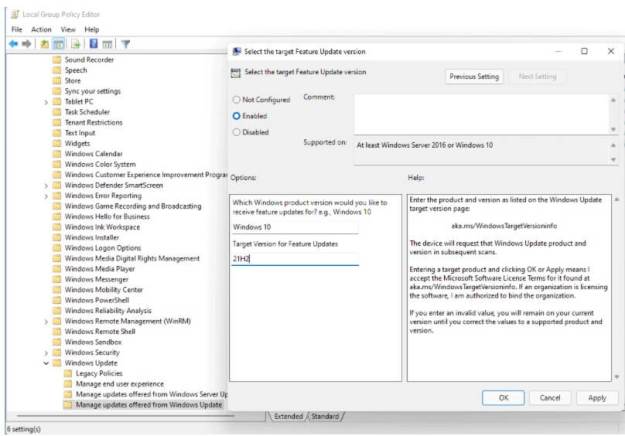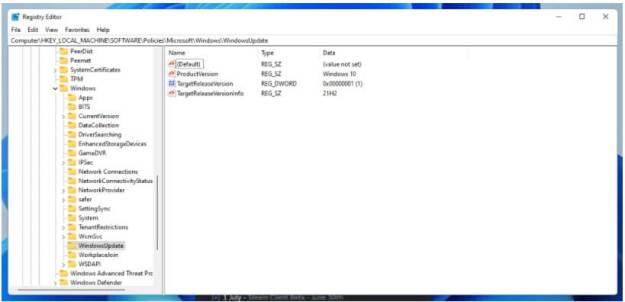
Even though Windows 10 was supposed to be the last ever version of the desktop operating system, Microsoft released the Windows 11 upgrade today. It will roll out to the general public over the next 6 months. It won’t be forced upon Windows 10 PC users at launch.
If you DO NOT want to upgrade the easiest option for now is to avoid the “check for updates” button menu once Windows 11 launches. The option may be temporary, but it should work for the foreseeable future. Delaying the installation could help avoid bugs and issues discovered in first couple of months.
If you want to upgrade, you will have to do it manually by heading to Settings > Update & Security > Windows Update.
You can go further to block Windows 11.
If you have Windows 10 Pro, Education, or Enterprise; it’s possible to delay feature update installations. You can do so with the Group Policy Editor and Windows Registry instructions below, but you might not want to take this action yet. The Windows 10 version 21H2 is still pending, and you’ll block that update as well if you disable feature updates. Microsoft plans to support Windows 10 through 2025.
If you decide not to hold off, here’s what you need to do to block Windows 11:
Block Windows 11 with Group Policy Editor

- Open the Start Menu.
- Type gpedit.msc and load the Group Policy Editor once it is displayed in the search results.
- Go to Local Computer Policy > Computer Configuration > Administrative Templates > Windows Components > Windows Update > Windows Update for Business
- Double-click on “Select the target feature update version.”
- Set the policy to Enabled.
- Type 21H1 into the field.
- Close the Group Policy Editor.
Block Windows 11 with Registry Editor

- Open the Start Menu.
- Type regedit.exe and select the Registry Editor search result.
- Go to HKEY_LOCAL_MACHINE\SOFTWARE\Policies\Microsoft\Windows\WindowsUpdate.
- Set the Dword TargetReleaseVersion to 1. If the value does not exist, right-click on Windows Update, and select New > Dword (32-bit) Value.
- Set the value of TargetReleaseVersionInfo to 21H1. If the value does not exist, right-click on Windows Update, and select New > String Value.
- Restart the computer.
Once the Windows 10 update 21H2 is available, repeat the steps above using “21H2” instead of “21H1”.


Linked is a registry export file that will accomplish this task